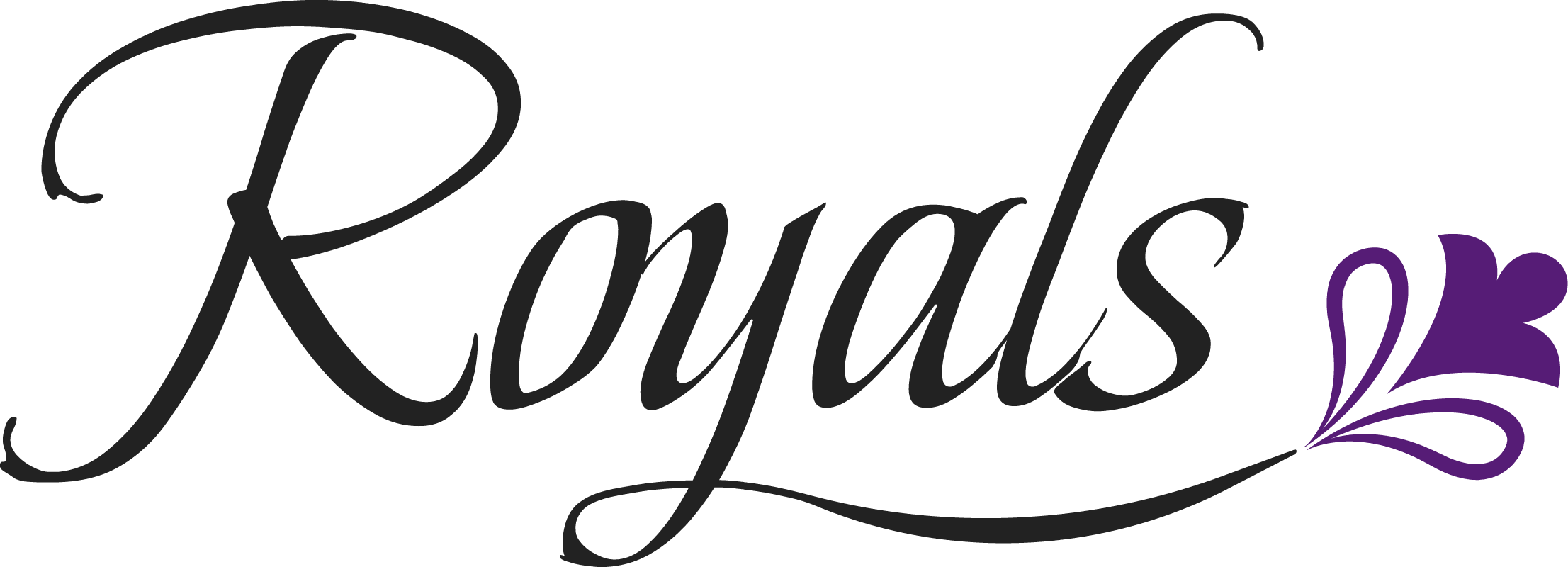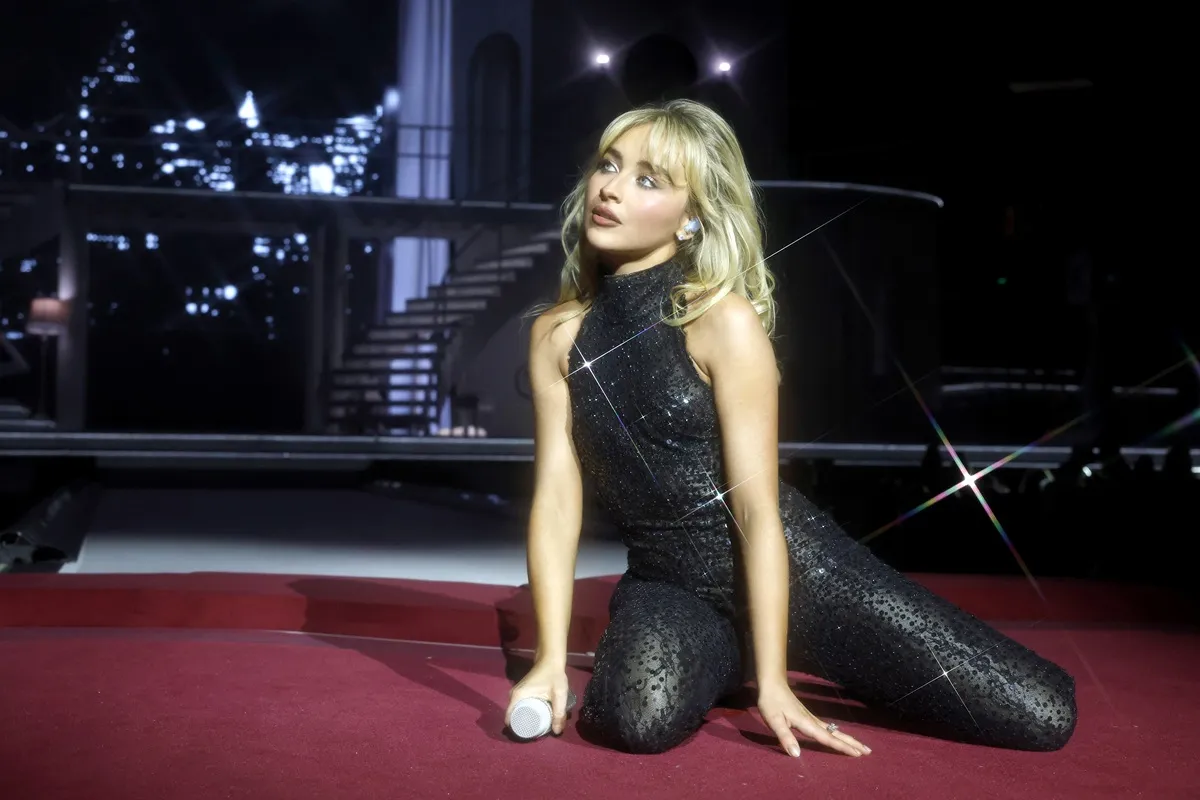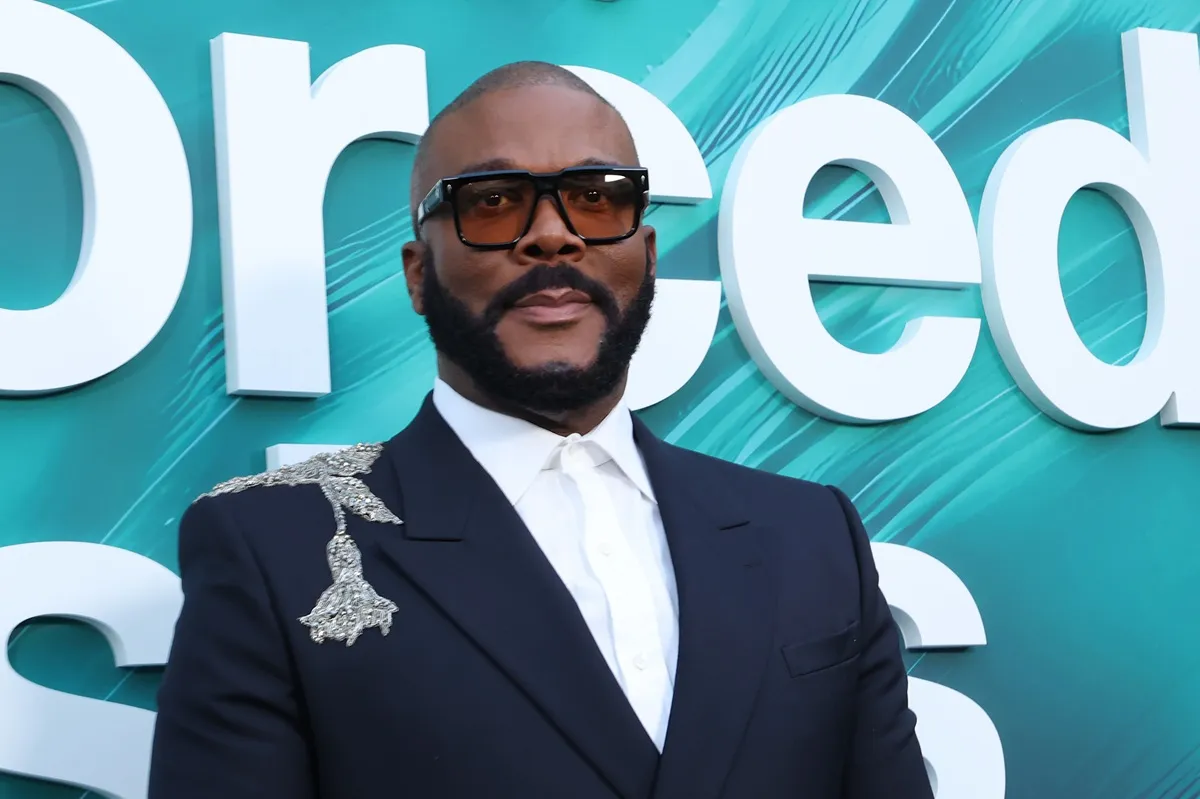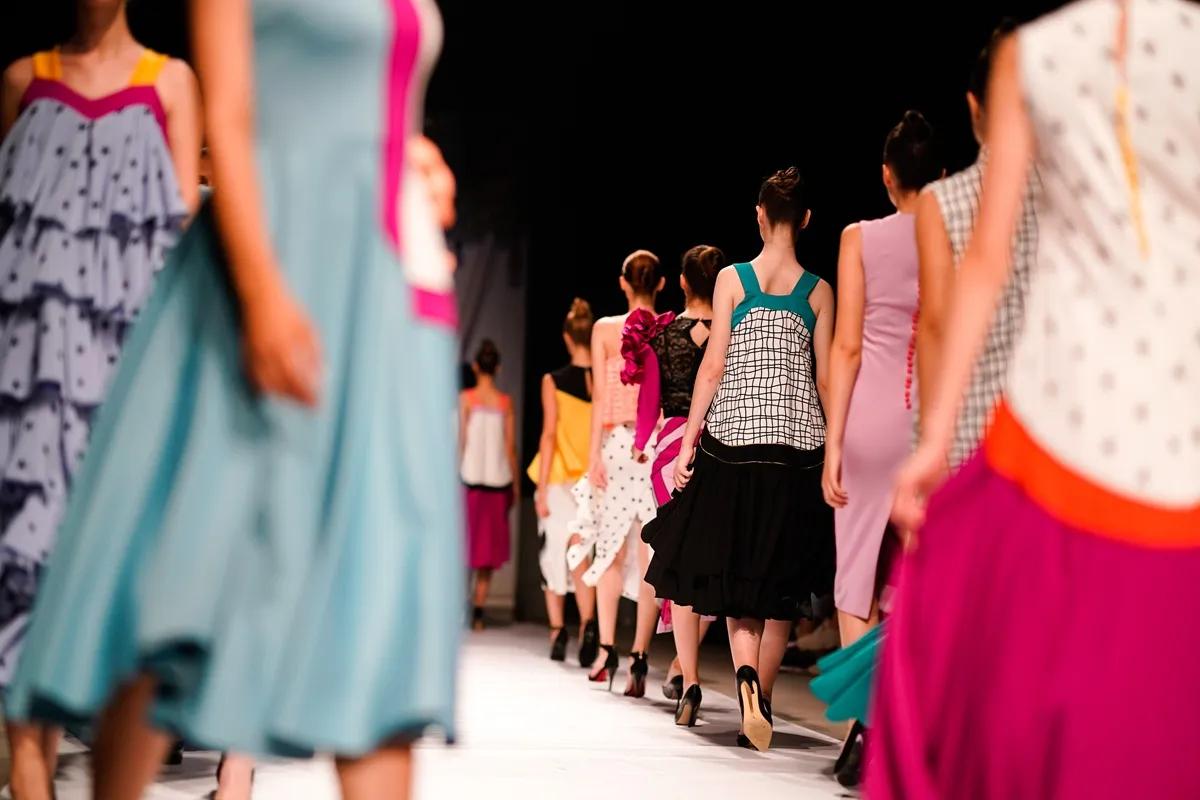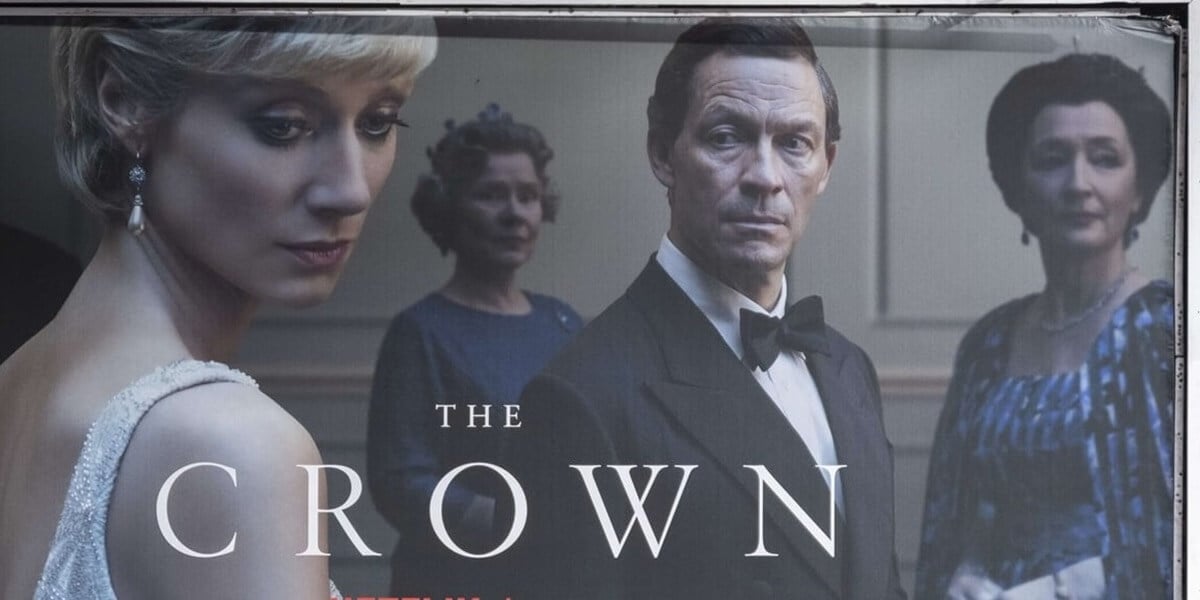
How the Body Language of ‘The Crown’ Actors Stacks Up Against the Real-Life Royals
Back in 2016, Netflix released a show called The Crown. It instantly became a hit with viewers and critics alike. The fictional drama is inspired by real events involving members of the royal family.
Over the years several actors have played the high-profile royals. The sixth and final season of the series stars Elizabeth Debicki as Princess Diana, Dominic West as then-Prince Charles, Rufus Kampa as Prince William, Meg Bellamy as Kate Middleton, and Imelda Staunton as Queen Elizabeth II. So how do these actors measure up to their real-life counterparts they portray on screen? A body language expert is highlighting the key traits and mannerisms some members of Britain’s famous family display that audiences can look for to see if the actors nailed their performances.
King Charles’ walk and Princess Diana’s ‘signature gaze’
Inbaal Honigman is a psychic astrologer and body language expert who has been reading Tarot since the mid-90s. She has given predictions for Big Brother’s Little Brother, Elle Magazine, and talkSPORT radio to name a few. Now, Honigman is discussing some of the signature gestures we’ve seen from our favorite royals.
Speaking on behalf of Slingo, Honigman said of the king: “We see [Charles] with his shoulders facing forward at all times, which shows that he knows where he’s going and he’s not easily distracted. His shoulders are rarely raised, so he doesn’t carry much tension. Old and new images of King Charles show that his walk is similarly confident. His stride is long, which tells us that he doesn’t question himself as he strolls. The king seems to enjoy having something in his hand as he walks — a walking stick, an umbrella, or even just his hand in his pocket.”
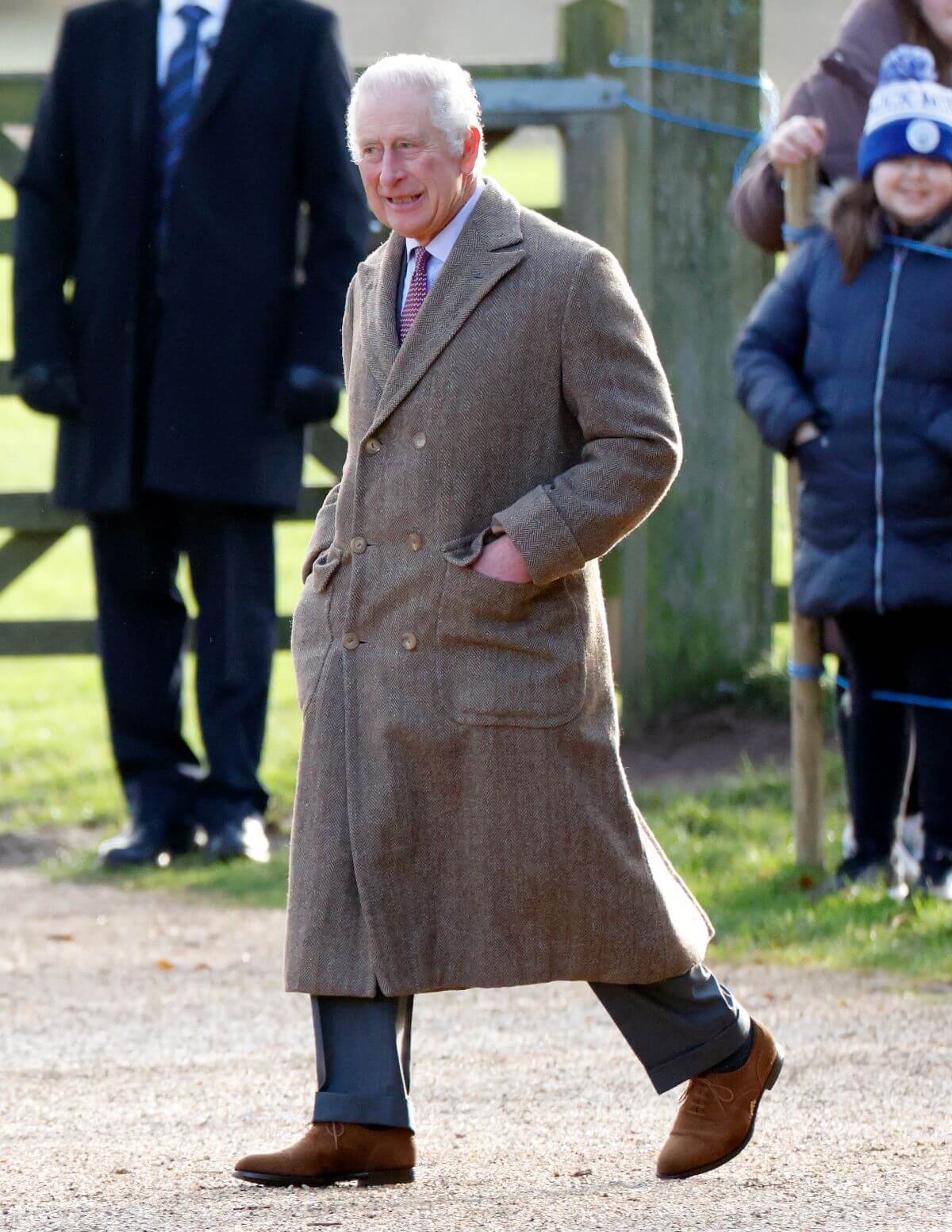
Regarding Charles’ first wife, Honigman remembered the gaze we saw from Princess Diana so often.
“Diana’s signature upwards-gaze consisted of a lowered chin,” the expert recalled. “This subtle gesture shows us that the princess was feeling a bit low a lot of the time. And her small smile and typical sideways glance showed that she was humble and maybe frequently concerned.”
Queen Elizabeth’s ‘direct and focused’ body language
Honigman also brought up the late Queen Elizabeth‘s body language and how it was always as even-keeled as she was.
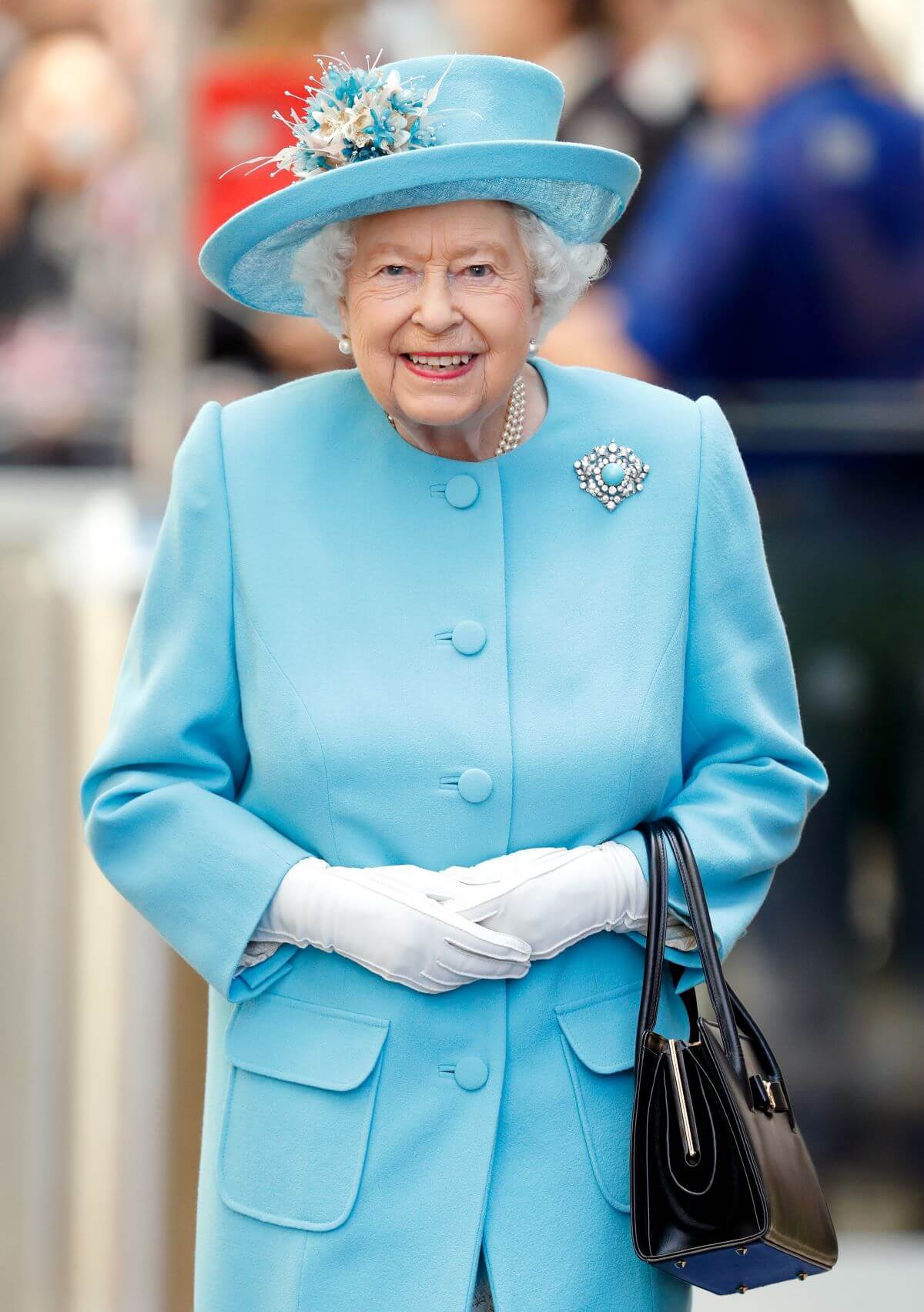
According to Honigman, “Queen Elizabeth’s body language [was] consistent throughout her life — stable, focused, and keeping her personal life private. In nearly all situations, we can see the late monarch’s full body facing straight ahead, which shows that she was direct and focused … Her hands were often laced together, which is a gesture that lets us know that the queen is feeling confident [and] secure but also holding herself back and staying neutral.”
Kate’s ‘no-nonsense approach’ and gestures Prince William picked up from his mother
With Prince William, Hogiman said he displays some of the same traits as his mother.
“The heir to the throne is quite a dynamic person, frequently seen walking and talking at once and often fidgeting with his hands,” she pointed out. “We see him clasping his own fingers [and] touching his tie … which are self-soothing behaviors meant to calm a person down at times of stress. The prince shares a very interesting body language trait with his late mother, Princess Diana. Like her, he lowers his head a little bit, chin down, a lot of the time, more so when he was much younger. This is a gesture that signifies humility and lets us know that he carries some sadness with him.”
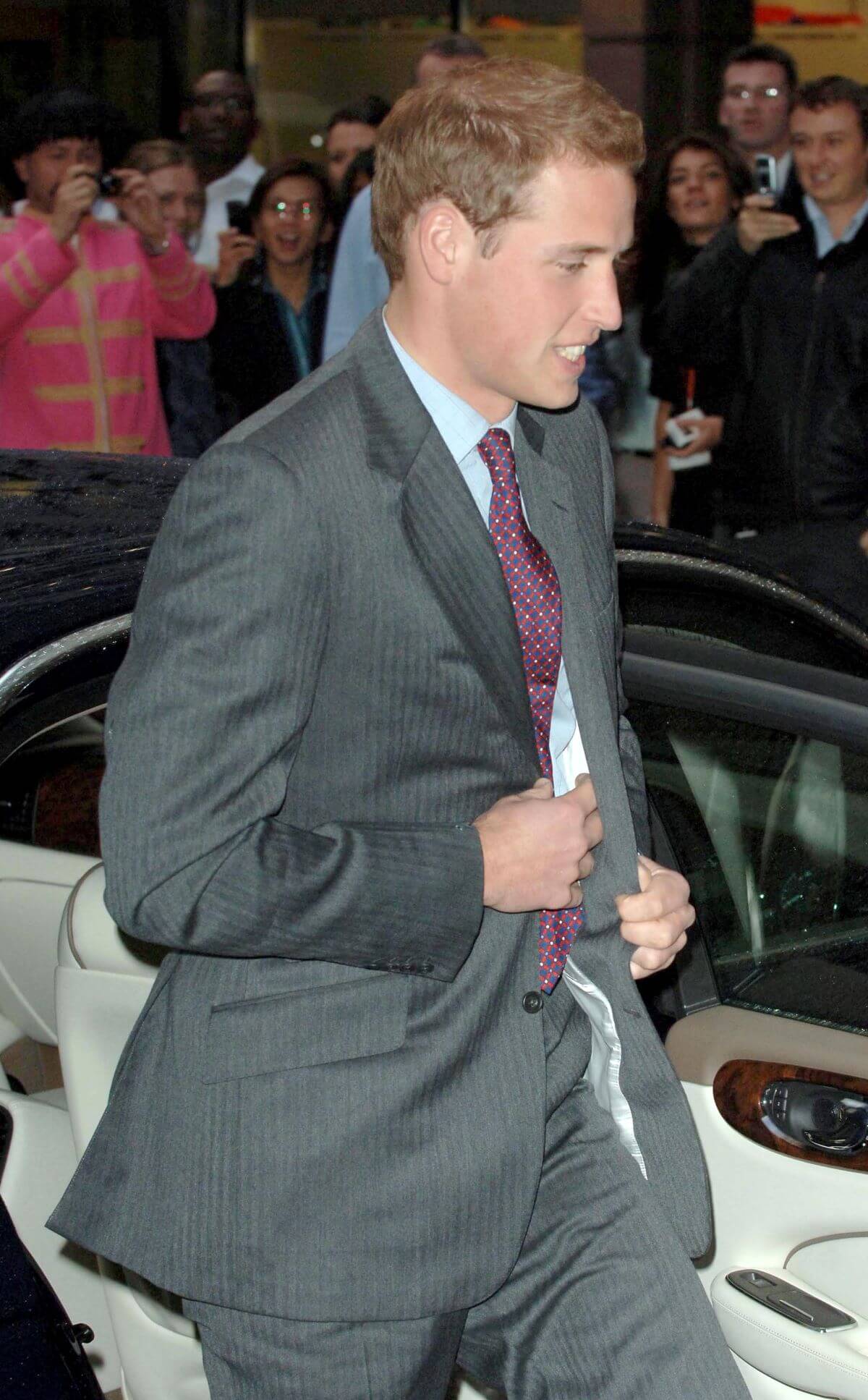
As for William’s wife, the Princess of Wales (formerly known as Kate Middleton), Honigman says: “The future queen generally displays direct and businesslike body language, with a no-nonsense approach to carrying out any task. When we see Princess Kate stand, she’s usually symmetrical, standing at her full height, with her shoulders pulled back, looking confident and sprightly … This is a lady who doesn’t want to waste her time. The glamorous royal’s facial expressions are open and expressive. We rarely see her touching her face, which is how we know that she doesn’t keep many secrets.”
Showbiz Cheat Sheet acknowledges conditions and cultures can impact body language and is sensitive to all backgrounds.
